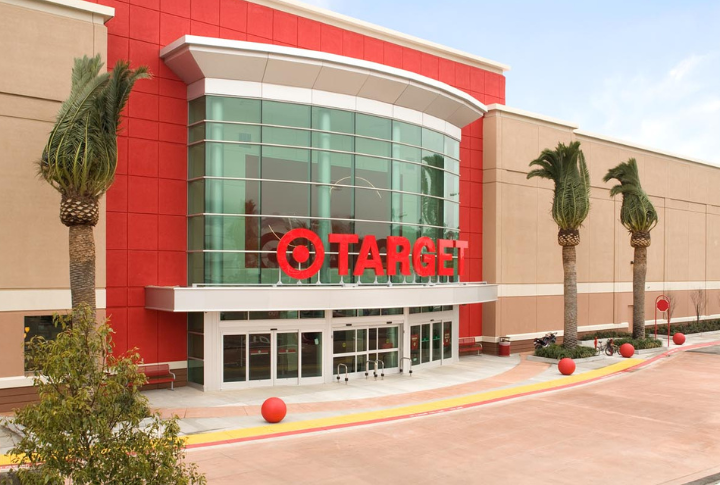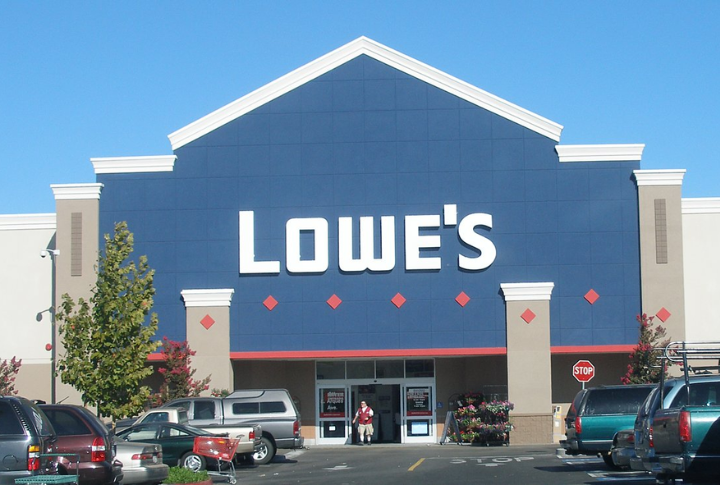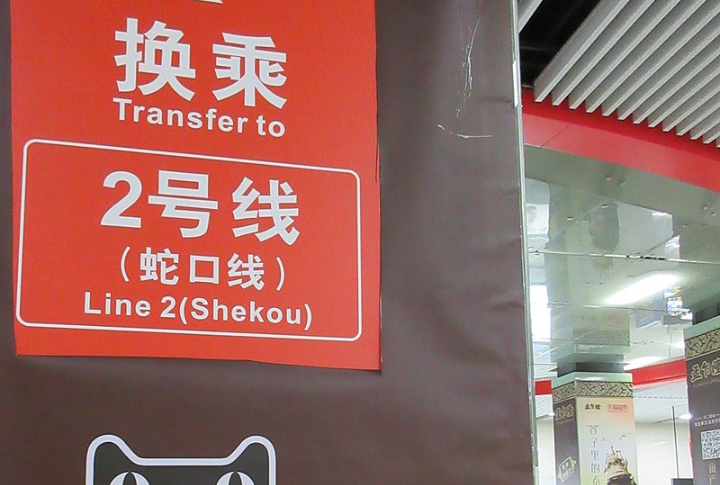
Retail isn’t just about shopping—it’s a massive part of our economy and daily lives. From the stores in your neighborhood to the websites you browse, retail is how we buy, what’s available, and at what cost. But with millions of retailers competing for our attention, only a select few have emerged as industry titans. Let’s look at these exceptional brands and discover how they’ve redefined the shopping experience.
Amazon

In 2021, Amazon surpassed Walmart as the world’s largest retail brand—a win it owes to its many successful subsidiaries like Amazon Prime. The multinational corporation was founded in 1994 by Jeff Bezos, who quit his job at an investment bank to start an online bookstore. Eventually, Bezos transitioned to general merchandise, selling everything from books to music and launching other profitable sub-companies like IMDB, Twitch, and Kindle publishing. This company is worth billions and makes over a million dollars every minute!
Walmart

What started as a family business in Arkansas in 1962 became what is now known as Walmart. The Walton brothers, James and Sam, had a simple idea: Sell affordable household items and acquire a larger market share. Fast-forward several decades, and their brand sells anything at lower prices, whether you’re shopping from their 10,500 stores or through their mobile apps. In March of 2024, Walmart also launched an early morning service that handles deliveries as early as 6 AM and within 30 minutes.
The Home Depot

Unlike Walmart and Amazon, Home Depot sells appliances, building materials, and tools in over 2,300 stores in the US. In 1978, the cofounders Arthur Blank and Bernard Marcus wanted to provide easily accessible remodeling services, and they achieved that through thousands of affordable products and home repair experts. Coupled with excellent customer service, positive reviews, and the acquisition of other companies like SRS Distribution and Your Other Warehouse, Home Depot has become the largest home improvement retailer on the market.
Costco Wholesale

This retail company is a membership-only warehouse club that caters solely to paying subscribers. James Sinegal and Jefferey H. Brotman founded the first Costco warehouse in 1983, taking inspiration from the pioneer store Price Club, launched seven years earlier. Aside from its 879 branches worldwide, Costco also runs a profitable online shop, which sells products in over 24 categories, such as healthcare, renovation supplies, clothing, and pharmaceuticals. Even though the brand is strictly exclusive, it still ranks high as the fourth largest retailer.
CVS

CVS Health is a conglomerate specializing in healthcare services like prescription pharmaceuticals and health insurance. As the world’s second-largest healthcare company, its goal is to provide easy access to affordable Medicare. In 1963, this brand was a simple pharmacy run by the Goldstein brothers in Lowell, Massachusetts, selling medication and cosmetics. After expanding as a healthcare line, it launched several subsidiaries, including the famed CVS Pharmacy, which has over 9000 branches scattered across all 50 US States.
Target

When you enter your local Target store, you’re sure to find a variety of groceries, clothing, and other essential household items at cheaper prices. Despite being the 7th largest retailer in the US, Target has been here longer than the top two. The parent corporation, Dayton, was founded in 1902 by George Dayton, while the better-known subsidiary wasn’t launched until 1962. Customer reviews say that Target shopping malls provide excellent customer service with cheerful decorations and moderate yet appealing displays that ensure multiple sales and customer loyalty.
Lowe’s

Lowe’s is a close second to Home Depot in the home improvement market. Before launching over 1,700 branches in the US, Lowe’s was a small hardware store in 1921 in North Carolina that also sold everyday commodities. However, after the Second World War ended in 1945, the founders anticipated increased demand for construction materials and rebranded their business as a building supply store. Their billion-dollar worth and the 16 million transactions they process weekly are all thanks to that small decision back in 1946.
Taobao

According to the Wall Street Journal, Alibaba’s sub-company “Taobao” is one of China’s most successful online markets. Like Shopify or eBay, this e-commerce platform connects millions of entrepreneurs with paying customers. Since its launch in 2003, the site has amassed over 7 million vendors, 2 billion product listings, and more than 80% of China’s online shopping space. The word “Taobao,” which means searching for treasure, aligns closely with the platform’s goal. Here, Chinese-speaking regions of Asia have access to diverse products (or treasures) at lower rates.
Tmall

As a fellow subsidiary of the Alibaba Group, Tmall was registered as an offshoot of the older company as the T in “T-Mall” originally stood for Taobao. Despite being a spin-off platform, T-mall has built its legacy as a virtual mall helping small to medium-sized retailers sell their products to over 700 million customers in China. Its sub-platforms, T-Mall Global, T-Mall Luxury Pavilion, and Luxury Soho, offer streaming services and inventory so international brands can interact with Chinese consumers and ship their products to China from their home countries.
JD.Com

Formerly known as 360Bay, JD.Com or Jingjong is the largest Chinese e-commerce marketplace in terms of revenue. The company was founded in 1998 by Liu Quiangdong, who moved the franchise online in 2004, quickly making it a formidable competitor to Alibaba’s T-Mall and Taobao. At JD.Com, over 350 million active users can purchase products ranging from technology to healthcare, insurance, and even industrial machinery. With this diverse product range, JD.Com amassed over $152.8 billion in 2023 alone and was ranked 52nd on Fortune Global 500.
